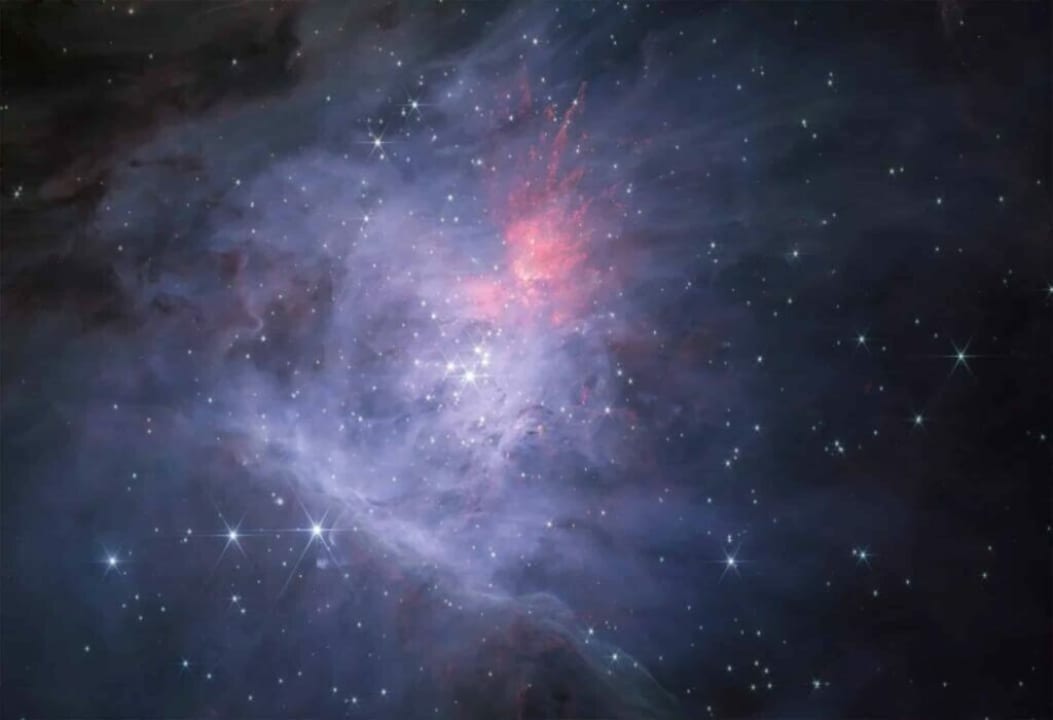The James Webb Space Telescope periodically sends us truly astonishing images of space. Thanks to this powerful tool, we have been able to observe dark stars, galaxies older than ours, a significant cosmic puzzle (in the literal sense), and an impressive photograph of the Ring Nebula, among other wonders.
Now, the James Webb Space Telescope once again astounds us with stunning mosaics of another nebula: the Orion Nebula. This vast region composed of gas and stellar dust is one of the closest to the Solar System, located just 1,344 light-years away from us.
To create these captivating mosaics, more than 3,000 individual images captured by the telescope were used. According to Space.com, the final result has been added to the European Space Agency’s ESASky application, an interactive map of the entire sky with a user-friendly interface that allows the public to view incredible images of the universe.

The Orion Nebula is a “stellar nursery” composed of around 2,800 young stars, as well as many more that are still in the process of forming within a dense veil of gas and dust.
Thanks to the Near Infrared Camera, or NIRCam, on the James Webb Space Telescope, scientists were able to peer through the stellar gas and dust, discovering proto-stellar discs, streams of nascent stars, and “free-floating” planets (those not orbiting any star).
As of today, the James Webb Space Telescope has detected nearly 40 pairs of free-floating giant gas planets, known as JuMBO (short for Jupiter Mass Objects). Although free-floating planets have been previously discovered in the Orion Nebula, the JuMBO found in regions like the Trapezium Cluster continue to astonish the scientific community due to their tendency to come in pairs.


